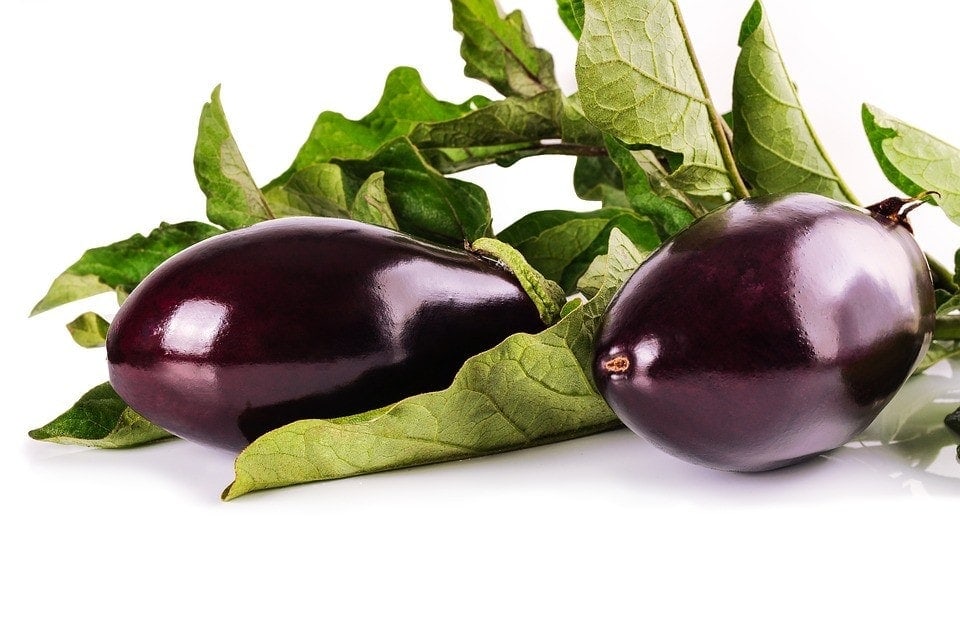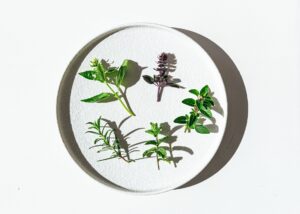Tobacco, angel’s trumpet and thorn apple – the Solanaceae family of nightshades comprises more than 2800 species, which are characterized primarily by their natural poison content. In addition to these inedible and highly toxic representatives, some of our common vegetables also belong to this plant family.
What are the best known nightshade plants?
The edible nightshade plants include:
- Potato
- Tomato
- Aubergine
- Paprika
- Chili
- Goji berry
Where did the nightshade plants get their name from?
Why are the nightshade family called the nightshade family? Because they grow in the shade or maybe they also create a shadow (damage) in the brain when consumed?
The word “night” occurs in various plant names, such as the evening primrose and the “queen of the night”. The evening primrose blooms for two nights in the evening, while the flowers of the “Queen of the Night” only open once in the dark. So that explains this unusual heyday of the naming?
This assumption is wrong. The majority that are relevant for the German naming, bloom during the day. As already mentioned, the family has over 2800 species, many of which are old acquaintances such as potatoes, tomatoes, peppers, chilli and aubergines. But none of these plants has a particular preference for shade or even for “nightshade”. These vegetables are all strongly yin. They even seek the sun yang.
The name is already known from Old High German (nahtscato or seamschate). When it comes to translation, however, there are different interpretations: schate can on the one hand be interpreted as “shadow”, on the other hand as “damage”. The night that is under discussion here is not the opposite of bright in the sense of light, but rather the night in the sense of being spiritually deranged.
The trace of the extremely poisonous representatives of the plant family leads to the mystically entwined magic plants of bygone times: the deadly nightshade, henbane and the bittersweet, black “nightshade”. “Our demon-plagued ancestors used this for healing and magic mixtures to drive away the night damage, i.e. the nightmares.”
Thanks to their alkaloids, the native nightshade plants produce an effect in the brain that is also known as night shade, i.e. nightshade or black damage. It was only through the potato and tomato that we also got nightshade plants, which do not work so hard on the brain. But the name has stayed the same.
Nocturnal plants in the diet
In our diet, these vegetables have the status of staple food and have become an indispensable part of today’s cuisine. It is hard to imagine how the Romans or the Middle Ages must have eaten, because it is well known that the after-hours of vegetables only came to Europe with Columbus.
Today tomatoes and peppers enrich many of our dishes with their color and taste, and even the rather pale potato is both nutritious and rich in vitamin C and minerals.
It is therefore not surprising that tomatoes and their preparations are now ubiquitous in salads, ketchup, pizza and pasta sauces. Potatoes accompany us as jacket potatoes, mashed potatoes, french fries, wedges or dumplings. No less widespread than chilli, cayenne pepper and thus omnipresent in curry and spice mixes, paprika with its spicy variants.
“Poisons” in the night damage crops.
But all of this comes with a price, because the vegetable aftershades are not free from the natural poisons typical of all aftershades.
Alkaloids
An essential characteristic of all secondary plants is their content of poisonous alkaloids. These are the cause of inflammatory reactions and even fatal poisoning. The best known is certainly the nicotine of the tobacco plants, atropine of the deadly nightshade or the solanine of our vegetable replenishments with the highest concentrations in potatoes and aubergines.
Solanine
Solanine is a strong inhibitor of the enzyme cholinesterase, which in our nerve cells ensures that the nerve impulses subside. The consequence: Solanine causes persistent muscle contractions, cramps and when we get up in the morning or when we sit for a long time, we experience this as muscle hardening and stiffness.
In addition, solanine destroys the cell walls in the intestinal wall and, in the worst case, solanine poisoning leads to bloody stool with fatal outcome. Chronic poisoning from low doses also damages the intestinal wall and opens the door to other diseases, which we only rarely associate with intestinal damage or subsequent damage.
By the way, solanine is a collective term, because the various vegetable replicas contain other chemical variants in addition to solanine. For example the chaconin in potatoes or tomato in tomatoes.
nicotine
Another typical alkaloid of all secondary damage plants is nicotine. When consuming our vegetable replenishments, we should therefore always pay attention to their addictive potential.
Capsaicin
Capsaicin is the alkaloid of chilli and hot peppers, and while it is often advertised as anti-inflammatory in heat patches, it is still an irritant to our tissues. Lungs in particular react very strongly to capsaicin, which has already led to deaths after the use of capsaicin pepper sprays. Asthmatics should therefore generally avoid chilli and hot peppers.
Calcitrol
Another problematic substance of the secondary damage is the calcitrol. Actually a kidney hormone and derivative of vitamin D3, it regulates calcium absorption in our body. It works even in the smallest quantities and is therefore very strictly regulated by the kidneys. With the consumption of secondary damage, however, we bypass this kidney control: There is a far excessive calcium absorption in the intestine, excessive calcium values in the blood and the associated deposits as calcification in connective tissue, vessels, tendons and joints. Atherosclerosis, pain and arthritis are the result.
Lectins
Nachschaden are rich in lectins, the natural defense substances of the plant, directed against insects and fungi. Lectins are attachment molecules that attach to the intestinal wall and soft tissue and attack them. In insects, but also in our intestines. There they cause diseases of the intestine such as leaky gut and, as further consequences, autoimmune diseases such as arthritis, diabetes or Hashimoto.
Why are tomatoes harmful to the joints?
The calcitrol is an active ingredient of the night damage plants. This active ingredient is also the active form of vitamin D and is one of the most powerful hormones in our body and regulates calcium absorption in the intestine.
Normally, vitamin D is created in the skin from UVB sunlight and cholesterol. Only in the kidneys does vitamin D become the active hormone calcitrol. It works even in the smallest quantities and is therefore very strictly regulated by the kidneys.
With the consumption of nightshade we bypass this kidney control: There is an extreme calcium absorption in the intestine, extreme calcium values in the blood, and a deposition in all connective tissues.
As a result, the vessels, tendons and joints become calcified. We suffer from arteriosclerosis, pain and arthritis. And in the long term, the permanently high calcium levels lead to cancer and heart attacks.







